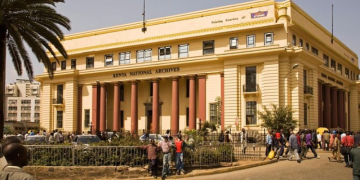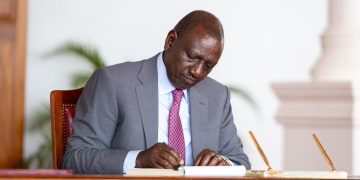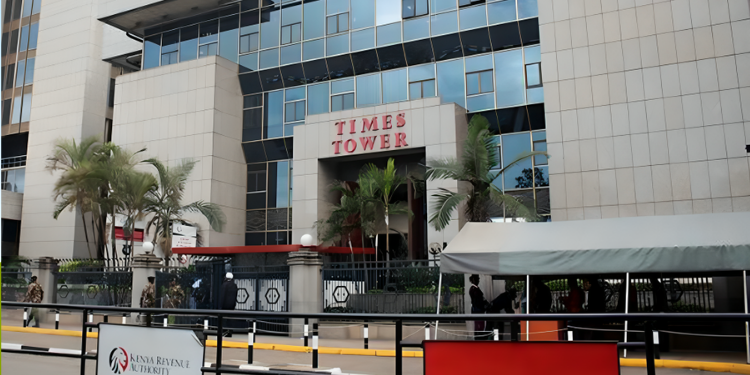American credit rating firm Moody’s has warned Kenya about rising debt levels that have combined with persistently weak revenue in its latest report.
According to the report dated July 22, 2025, the country’s budget deficit was higher than expected, reaching 5.7% of GDP, although Kenya’s debt-to-GDP ratio slightly declined in the 2025 financial year.
“Kenya’s path to fiscal consolidation remains gradual, constrained by weak revenue performance, rigid spending and social resistance to tax increases,” read the report in part.
This comes after the Kenya Revenue Authority (KRA) reported a 6.8% growth in revenue collection, reaching Ksh2.571 trillion for the 2024/2025 financial year, despite a tough operating environment.
Moody’s Rating on Kenya’s Weak Revenue
Moody’s observed that although the deficit is expected to decrease slightly, aiding in easing overall debt levels, Kenya’s ongoing reliance on domestic borrowing will continue to keep debt affordability low.
The report further warned that Kenya’s high external debt repayments will put additional pressure on the country’s foreign reserves, especially if no new concessional funding is secured.
According to the report, revenue performance remains weak, and there is limited room to introduce new tax measures due to strong public opposition.
On the spending side, the global rating agency noted that a rigid expenditure structure and reduced development funding offer little space for additional budget cuts.
“Fiscal consolidation will remain slow given limited revenue gains, public resistance to tax increases and constrained spending flexibility,” read part of the report.
“A faster pace of fiscal consolidation through measures like removing tax exemptions, simplifying the tax system, and enhancing revenue collection would place debt on a more significant downward trajectory and improve affordability,” Moody’s added.
Also Read: KRA Breaks Down How Kenyans Paid Ksh2.5 Trillion in Taxes
Reliance on Domestic Borrowing
Further, the rating firm noted that Kenya’s heavy reliance on domestic borrowing will continue to weaken debt affordability, even with better local market conditions.
Although interest rates in the local market have dropped, borrowing costs remain high due to continued domestic financing.
Access to cheaper concessional loans is uncertain, with IMF and World Bank disbursements tied to ongoing reforms, while borrowing from international markets remains expensive.
Also Read: IMF Audit Team in Kenya for 2 Weeks to Investigate Corruption
According to the report, Kenya’s external accounts have improved, with a smaller current account deficit and international reserves now covering nearly five months of imports.
However, high external debt repayments—around 3% of GDP—could strain these reserves if no new concessional funding is secured.
“A narrower current account deficit and higher international reserves, which now cover almost five months of imports, provide support,” read the report.
The agency further warned that without fresh support from multilateral lenders, Kenya may be forced to dip into its reserves or resort to more costly commercial borrowing.
Follow our WhatsApp Channel and X Account for real-time news updates.









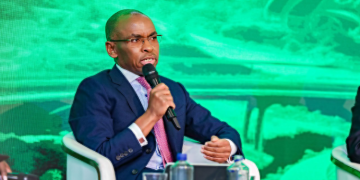







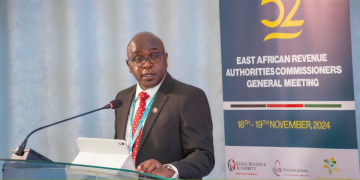
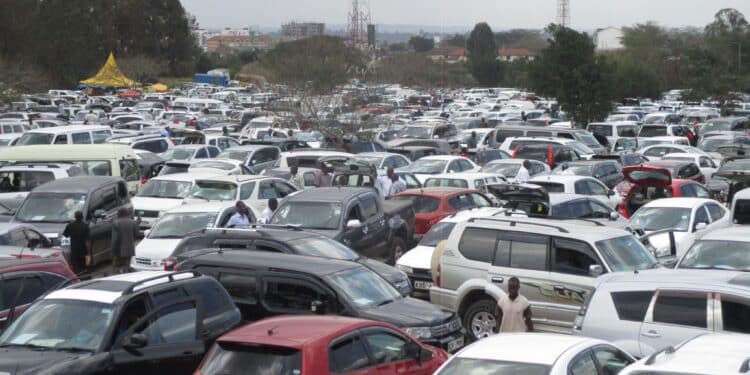







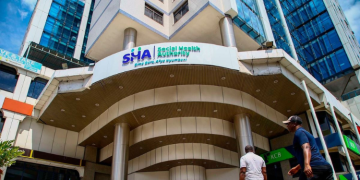



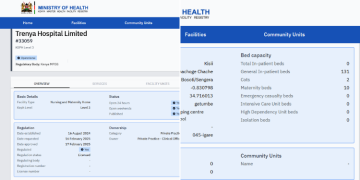





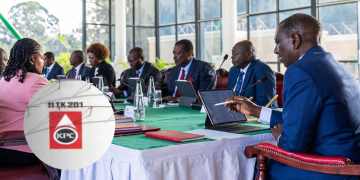


















![Ntv Anchors Bring Village To Standstill With Heartwarming Birthday Party [Photos] A Photo Of Ntv Swahili Anchors Lofty Matambo And Fridah Mwaka During Their Birthday Celebration In Kilifi County Photo/ Lofty Matambo And Fridah Mwaka]( https://thekenyatimescdn-ese7d3e7ghdnbfa9.z01.azurefd.net/prodimages/uploads/2025/09/A-photo-of-NTV-Swahili-anchors-Lofty-Matambo-and-Fridah-Mwaka-during-their-birthday-celebration-in-Kilifi-County-PHOTO-Lofty-Matambo-and-Fridah-Mwaka-360x180.png)




